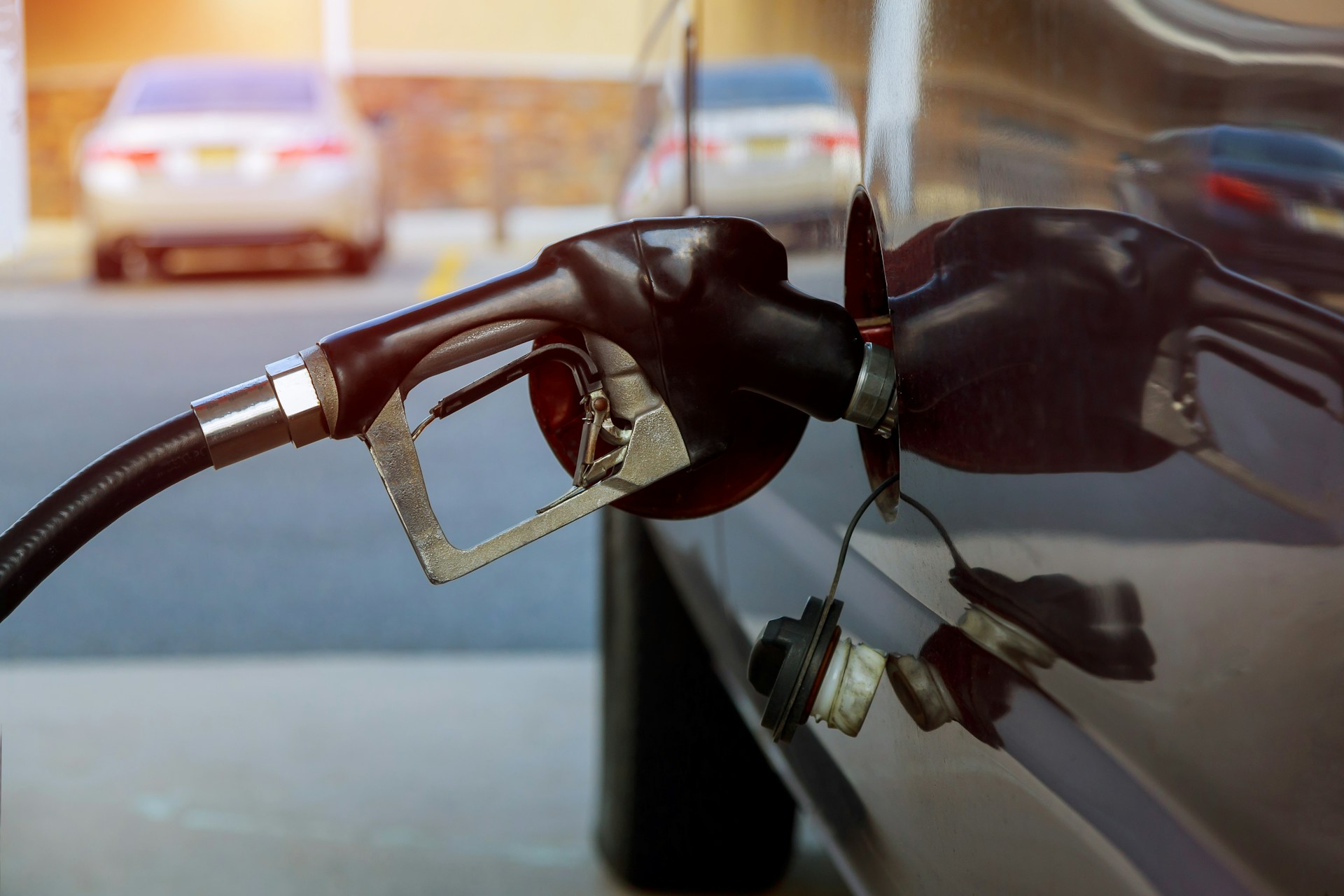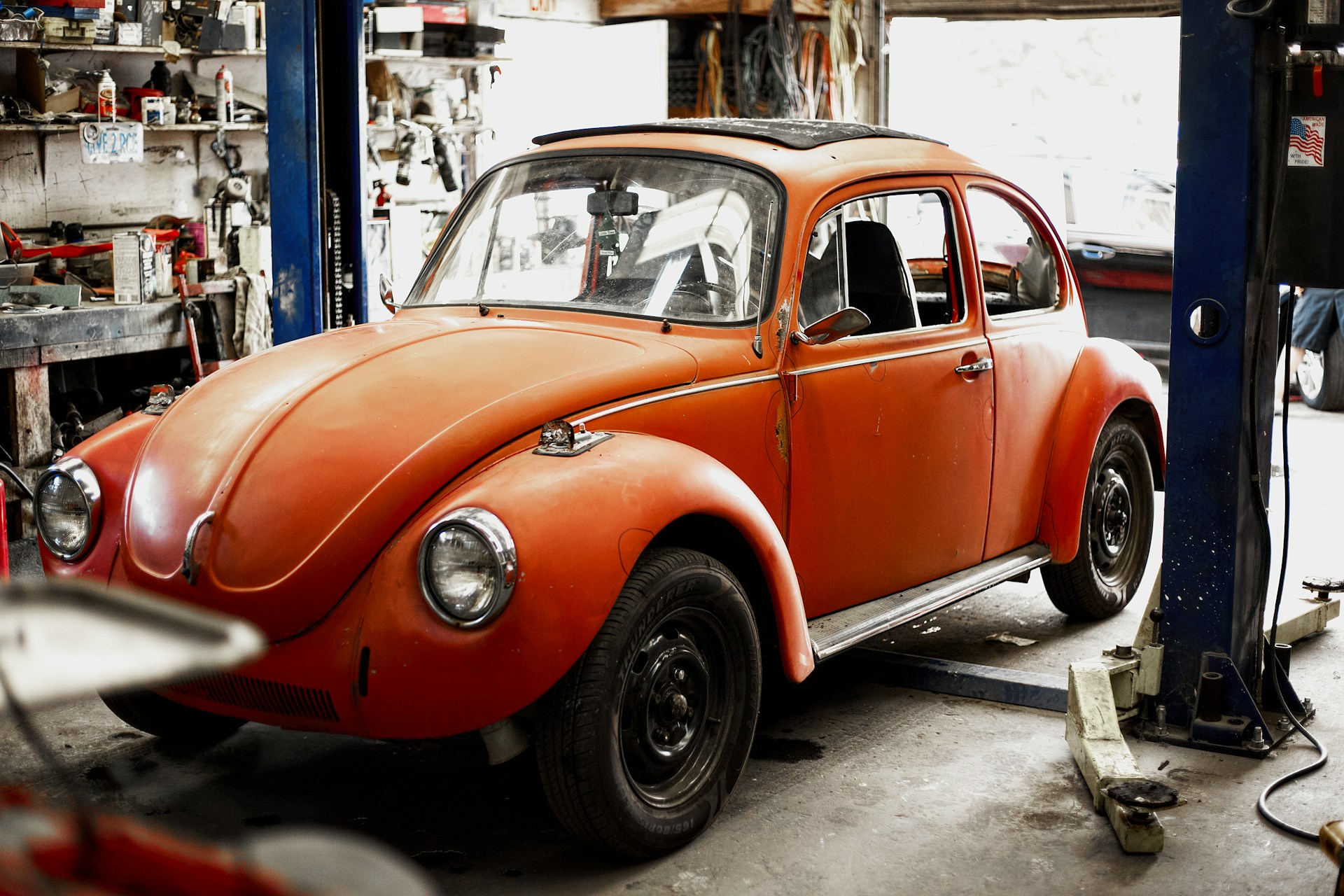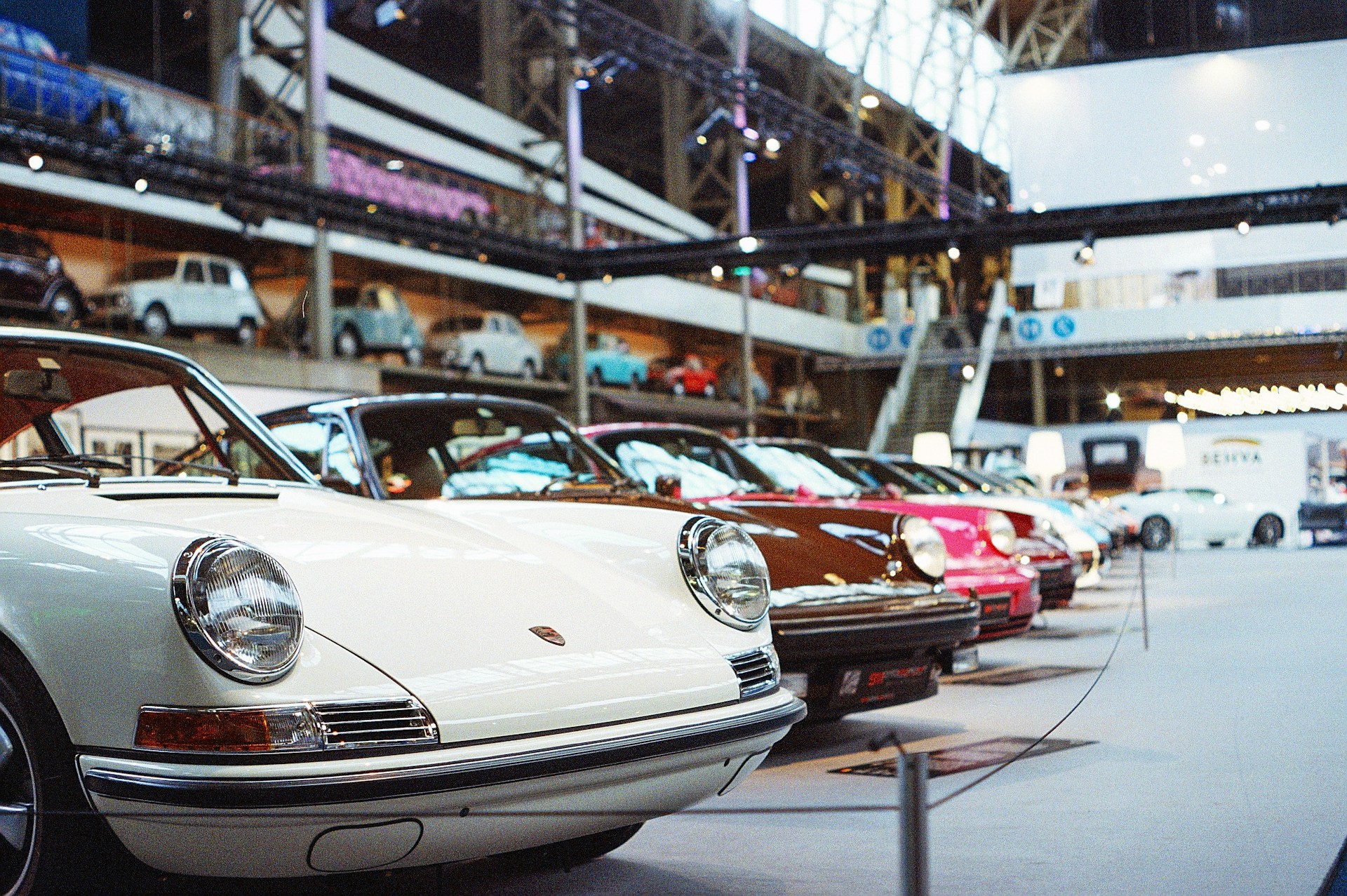Contents
Choosing between station wagons and SUVs? In this case, rely on your lifestyle priorities. Station wagons offer car-like handling with extended space. SUVs’ unique features are higher seating positions and better ground clearance. Both vehicle types serve families well. However, each excels in different areas. Therefore, drivers can assess these cars distinctly.
What Is a Station Wagon and How Is It Different from an SUV?
Station wagons are extended passenger vehicles. They provide enlarged rear cargo areas. SUVs, in turn, are taller. They’re built on truck-based platforms.
Basic Design Differences
The fundamental distinction lies in their construction approach. Station wagons extend a sedan’s body style rearward. SUVs are built upward from truck foundations. For example, a station wagon shares its engine platform with sedans. An SUV typically uses a more robust engine configuration.
| Feature | Station Wagon | SUV |
| Platform Base | Passenger car chassis | Truck-based or unibody |
| Height Profile | Lower, car-like | Taller, commanding view |
| Entry/Exit | Easy, low step-in | Higher step-up required |
| Aerodynamics | Better airflow design | Less aerodynamic shape |
Pros and Cons Breakdown
Each body style brings distinct advantages and limitations. Understanding them helps buyers address their top priority needs.
Station Wagon Advantages:
- Better fuel economy than most SUVs and minivan options.
- Lower center of gravity improves handling.
- Easier loading at waist height compared to trunk access.
- More fuel efficient on paved roads.
- Car-like driving experience.
- Often cheaper insurance rates.
- Easier parking than larger SUVs.
- Better aerodynamics than sport utility vehicle designs.
Station Wagon Disadvantages:
- Limited ground clearance for rough terrain.
- Lower seating position reduces visibility.
- Fewer available models.
- Less commanding road presence.
- Limited towing capacity.
- Challenging rear door access in tight spaces.
SUV Advantages:
- Higher seating position for better visibility.
- Superior clearance for off-road use.
- Greater towing capacity than most wagons.
- Better resale value retention.
- More capacity in larger SUVs.
- Enhanced safety perception among consumers.
- Better approach angles than sedan-based cars.
- More robust construction than typical hatchback designs.
SUV Disadvantages:
- Higher fuel consumption than station wagons.
- More expensive initial purchase price.
- A higher center of gravity affects handling.
- Increased rollover risk compared to cars.
- More expensive maintenance costs.
- Higher insurance premiums.
- Reduced maneuverability in urban environments.
Space and Cargo Comparison
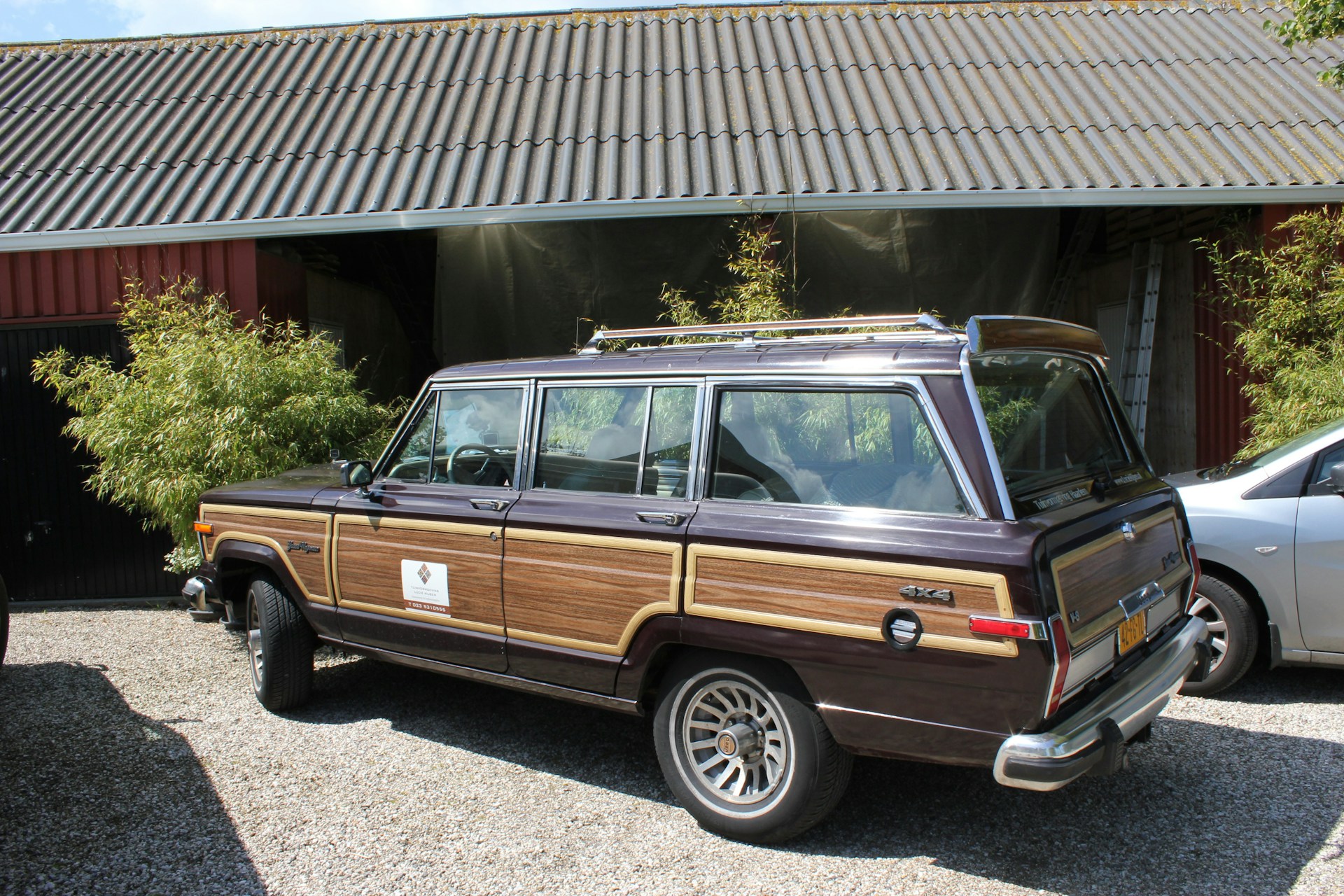
Interior space varies significantly. The differences in cargo capacity and passenger compartment design are principal. These indicators influence daily usability for families who need to carry people and cargo efficiently.
| Measurement | Compact Wagons | Mid-Size SUV | Large SUV |
| Cargo Space (cu ft) | 25-35 | 30-40 | 45-80 |
| Passenger Volume | 95-105 | 100-115 | 120-150 |
| Max Cargo Length | 75-85 inches | 70-80 inches | 85-95 inches |
| Loading Height | 28-32 inches | 32-36 inches | 34-38 inches |
Roof Height and Loading Ease

Station wagons are usually 58-62 inches in height. The rear hatch opens to reveal a spacious area. It extends from the rear seats to the tailgate.
Modern SUVs stand 65-75 inches tall. They require users to lift items higher when loading. The trunk space in SUVs often requires more effort to access fully compared to, for instance, a minivan.
73% of buyers cite easy loading as a primary factor when choosing between station wagon and SUV body styles.
Performance and Handling
Driving characteristics differ substantially. The lower center of gravity in station wagons provides different handling dynamics than taller SUVs. The parameter affects everything from cornering to emergency maneuvers.
Station Wagon Performance:
- Car-like handling with responsive steering.
- Better cornering stability due to lower center of gravity.
- Improved braking performance on dry surfaces.
- More predictable emergency maneuvers.
- Enhanced fuel economy through aerodynamics.
- Smoother highway cruising experience.
- Better fuel efficiency than in most SUVs.
- Superior handling compared to pickup trucks.
SUV Performance:
- Higher seating position improves road visibility.
- Better approach angles for rough terrain.
- Superior towing capacity for trailers.
- Enhanced winter driving confidence.
- Improved obstacle clearance capability.
- Greater engine options in larger models.
- More robust construction than typical cars.
- Better performance than light trucks in comfort.
Fuel Efficiency and Cost of Ownership
Operating costs vary. Specifically, fuel economy represents a significant difference, especially when comparing station wagons to larger SUVs. Many buyers prefer diesel cars. Fuel economy is the basic advantage. Compact wagons, for example, often deliver better fuel economy than comparable SUVs or minivans.
| Vehicle Type | Average MPG City | Average MPG Highway | Fuel Cost* |
| Compact Wagons | 26-32 | 34-40 | $1,200-1,500 |
| Mid-Size SUV | 22-28 | 28-34 | $1,400-1,800 |
| Large SUV | 18-24 | 24-30 | $1,600-2,200 |
| Hybrid Models | 35-45 | 38-48 | $900-1,200 |
*12,000 miles annually at $3.50/gallon
Off-Road Capabilities and Winter Driving
Off-road performance depends on ground clearance and AWD systems.
Station Wagon Off-Road:
- Limited ground clearance (5-7 inches typical).
- Adequate for light gravel and dirt roads.
- All-wheel-drive is available in many models.
- Better on-road winter traction than expected.
- Suitable for camping and mild adventure use.
- Excellent for train station parking lots.
- Better than sedan performance on rough surfaces.
SUV Off-Road:
- Superior ground clearance (7-11 inches).
- Better approach and departure angles.
- Available four-wheel-drive systems.
- Enhanced capability on rough terrain.
- Suitable for serious off-road adventures.
- Superior snow and mud performance.
- Better ground clearance than any sedan or station wagon.
- More capable than minivan designs in rough conditions.
According to SCA Auctions, only 15% of SUV owners regularly utilize their vehicle’s off-road capabilities. 85% primarily drive on asphalt roads.
Is a Wagon Cheaper to Insure Than an SUV?
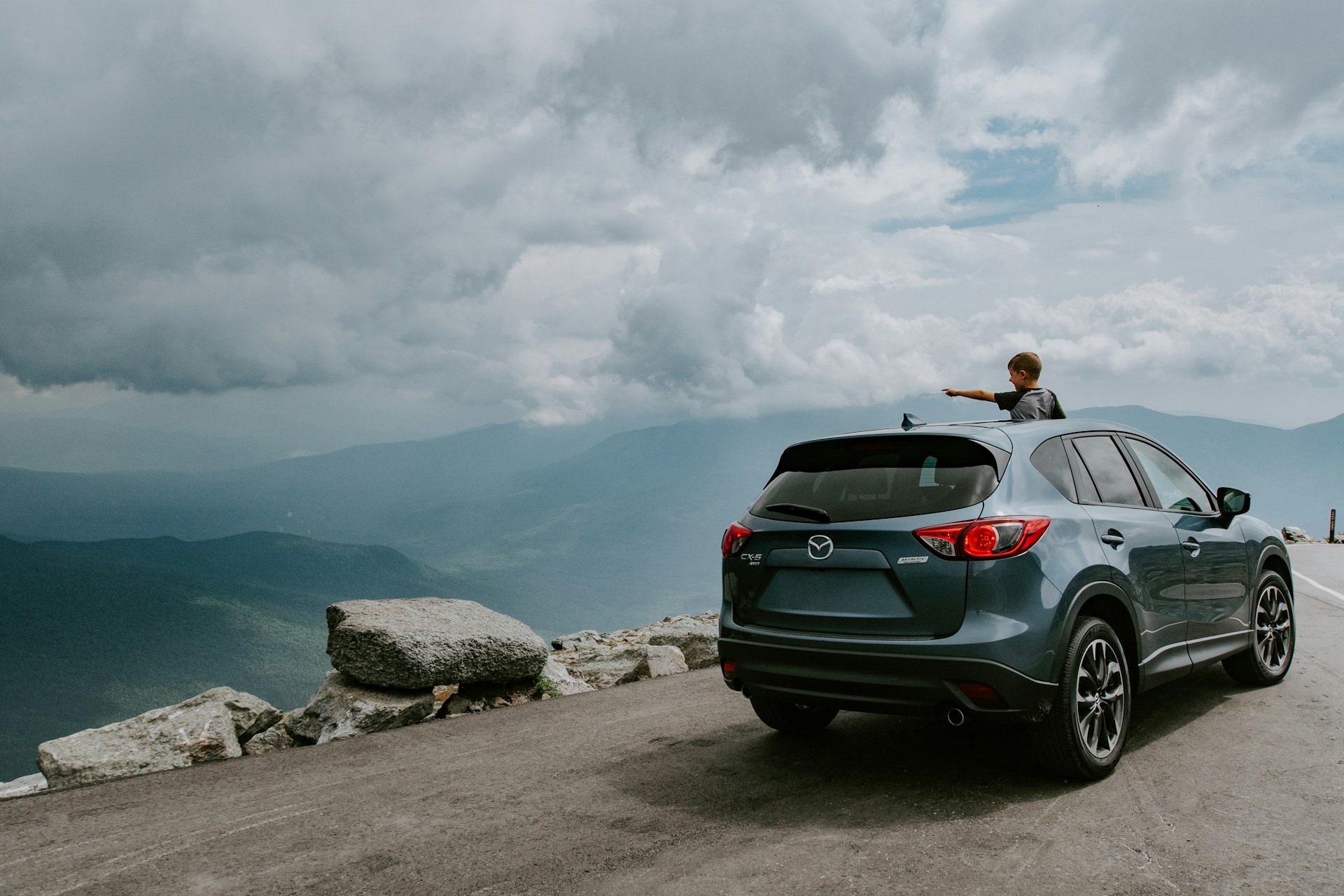
Insurance costs typically favor station wagons over SUVs. Lower theft rates and reduced accident severity are the central reasons. To insure station wagons, drivers generally need to pay 10-15% more. However, car history and location factors are essential to take into account. For example, a used station wagon often carries lower premiums than similar SUV models.
Most Common Repair Issues Found in Used Wagons
Issues appear frequently when buying a reconditioned vehicle or inspecting used station wagon options through careful inspection.
Common Station Wagon Problems:
- Hatch strut failures are causing heavy lifting.
- Cargo area water leaks through the weather stripping.
- Electronic tailgate malfunctions in luxury cars.
- Suspension wear from cargo loading stress.
- Transmission issues in all-wheel-drive variants.
- Electrical problems with rear window defrosters.
- Engine mount wear from extended cargo hauling.
- Back seat mechanism failures in folding designs.
Most Popular Models in 2025 – Wagon & SUV Comparison
Current offerings show the difference in available choices. Modern station wagons have fewer options compared to the extensive SUV market selection. Station wagon models remain popular in Australia and Europe, while SUVs dominate North American sales.
| Category | Station Wagon Models | SUV Models |
| Compact | Subaru Outback, Volvo V60 | Honda CR-V, Toyota RAV4, Mazda CX-5 |
| Mid-Size | Audi A6 Allroad, Mercedes E-Class | Ford Explorer, Jeep Grand Cherokee |
| Luxury | BMW 5 Series Touring, Volvo V90 | BMW X5, Mercedes GLE, Audi Q7 |
| Electric | Limited options | Tesla Model Y, Ford Mustang Mach-E |
Utilizing a VIN decoder can help verify whether you’re reviewing a wagon, hatchback, or mini SUV.
SCA found out that SUV sales represent 54% of new vehicle purchases. In the passenger car market, station wagons account for less than 3%.
Summary
Choose a model that meets your interests best. Station wagons are better in fuel economy and handling. SUVs guarantee drivers higher seating positions and versatility. Your choice should depend on priorities, namely, efficiency or capability. Cargo needs, driving habits, and passenger requirements are the central factors to consider.
FAQ
Is a Crossover Just a Smaller SUV or a Tall Wagon?
Blend SUV styling with car-based construction is what characterizes crossovers. They’re, in fact, essentially tall wagons with an SUV appearance. Such cars offer better fuel economy than traditional SUVs. At the same time, they provide higher seating than conventional wagons.
Do Any Electric Vehicles Come in Wagon Form?
Electric wagon options remain limited compared to sedan and SUV choices. However, several manufacturers are developing electric estate car designs for global consumers.
Available Electric Wagons:
Mercedes EQC (limited markets)
Porsche Taycan Cross Turismo
Audi e-tron GT Sportback
BMW iX3 (select regions)
Upcoming Volvo electric wagons
Why Are Station Wagons Called Shooting Brakes?
The “shooting brake” term originated in the UK. It described estate vehicles used for hunting expeditions. These vehicles transported hunting parties and equipment. They combined luxury with practical cargo space for sporting activities.
Why Did Station Wagons Have Wood?
Early station wagons had wood construction. It was due to practical and economic reasons. Wood was lighter and cheaper than steel.
Historical Wood Usage:
The structural framework in early cars
Decorative wood-grain vinyl in later years
Cost-effective manufacturing method
Traditional craftsmanship aesthetic appeal
Easier repair than damaged metal panels
What Is the Fastest Station Wagon of All Time?
There is a wagon that demonstrates 0-60 mph in 3.1 seconds. It’s the Audi RS6 Avant that is at the top of the list.


